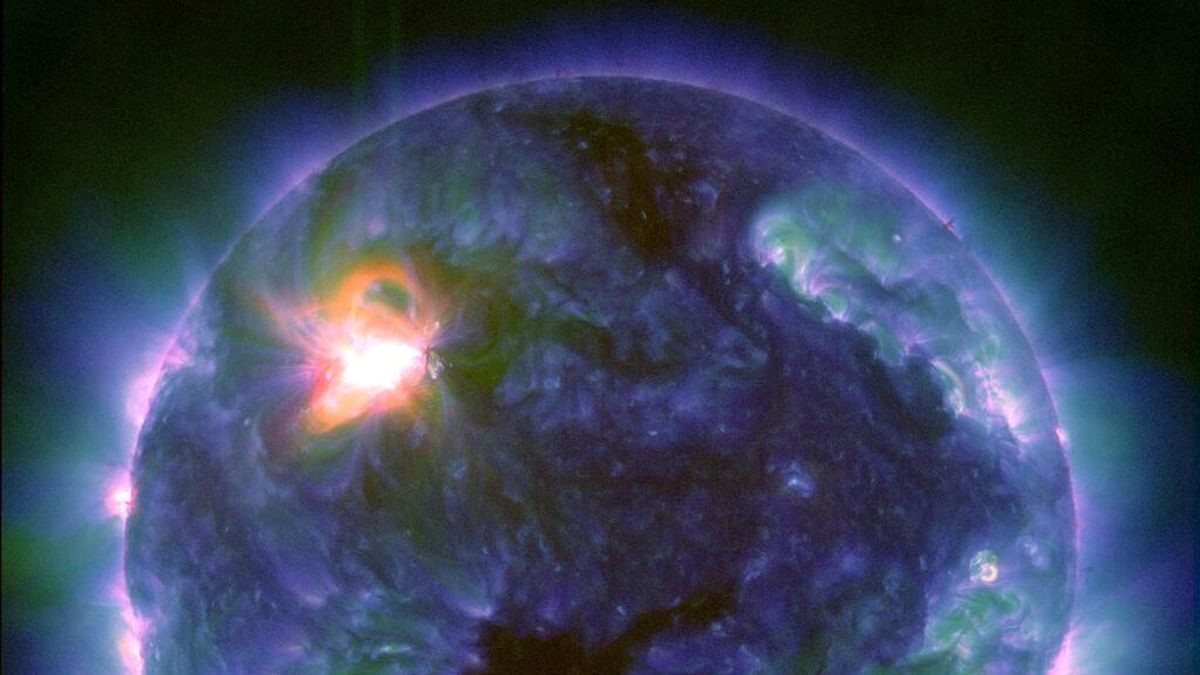Free Courses Sale ends Soon, Get It Now


Free Courses Sale ends Soon, Get It Now



Disclaimer: Copyright infringement not intended.
Context
Powerful X-class solar flare slams Earth, triggering radio blackout over the Pacific Ocean
Details
Solar flares
Classification
Impacts strength wise
X-class
Earlier events
Latest Event
Solar maximum
|
PRACTICE QUESTIONS If a major solar storm (solar flare) reaches the Earth, which of the following are the possible effects on the Earth ?
Select the correct answer using the code given below:
Answer 3 |
© 2024 iasgyan. All right reserved